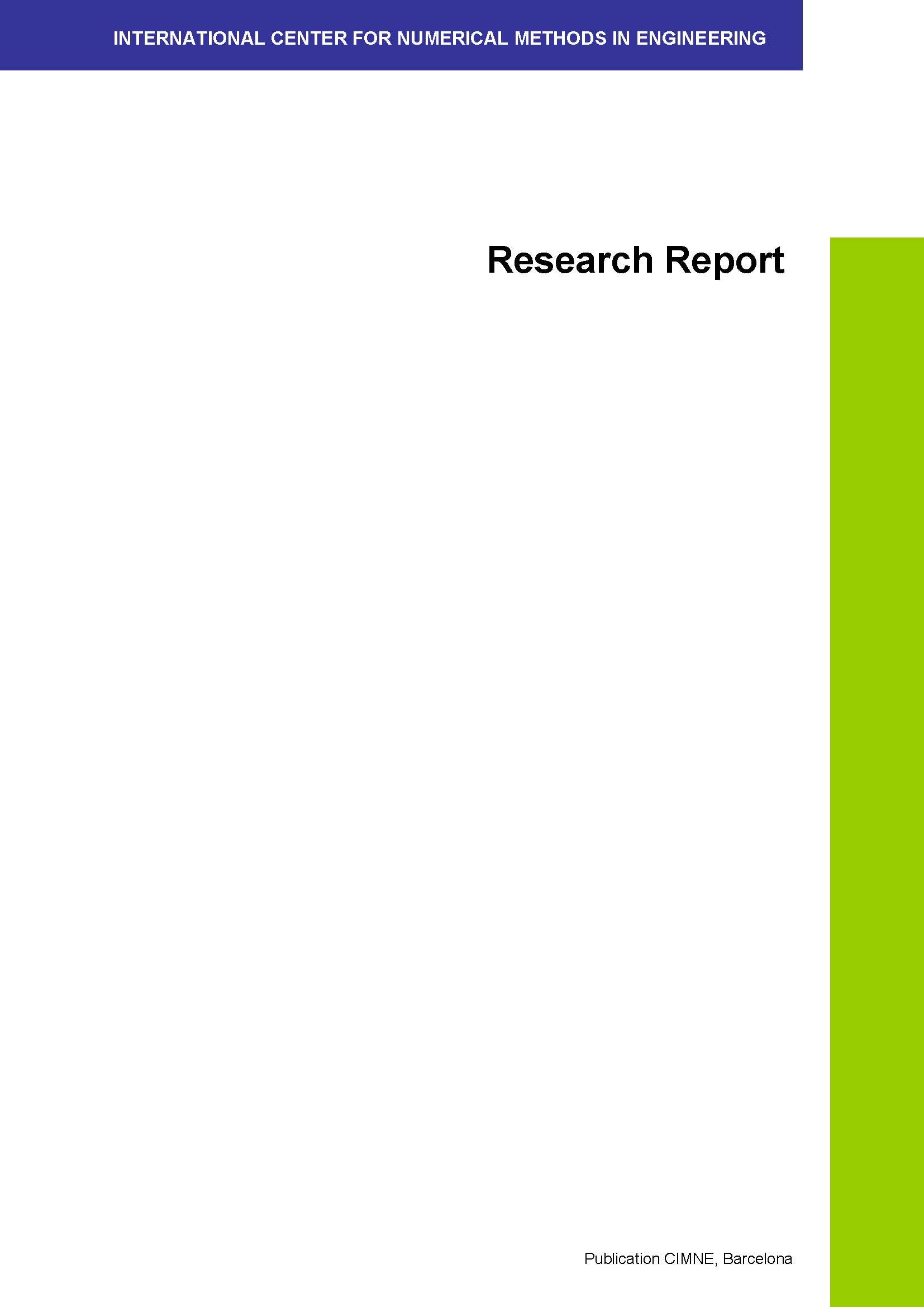Numerical Simulation of Wear Phenomena
FREE!
Editorial: CIMNE
Year of publication: 1995
Pages: 30
Index: Introduction; Numerical model; Numerical simulation; Concluding remarks; References; Appendix
Editorial: CIMNE
Year of publication: 1995
Pages: 30
Index: Introduction; Numerical model; Numerical simulation; Concluding remarks; References; Appendix
Description
Over the last few years a remarkable progress has been achieved in the field of computational contact mechanics.
The formulation by meand of variational enequalities, as well as the use of return mapping algorithms and tools of mathematical programming have provided efficient frameworks for the numerical treatment of such problems.
The objective is the numerical simulation of the frictional behavior of steel sheets subjected to large sliding distances and variable normal pressures.
A simple phenomenological model for frictional contact accounting for wear effects is proposed with a view to its prediction and consequent minimization,
A simple phenomenological model for frictional contact accounting for wear effects is proposed with a view to its prediction and consequent minimization.
Within the context of thermodynamics with internal variables, the coefficient of friction is assumed to be a function of the density of frictional work resulting in a theory analogous to classical work hardening elastoplasticity.
The finite element simulation of a series of sliding tests is carried out and the results are compared with experiments.
The calculation presented in the following have been performed ate the Centro Internacional de Métodos Numéricos en Ingeniería (CIMNE) in Barcelona, Spain with the program for finite element analysis FEAP

